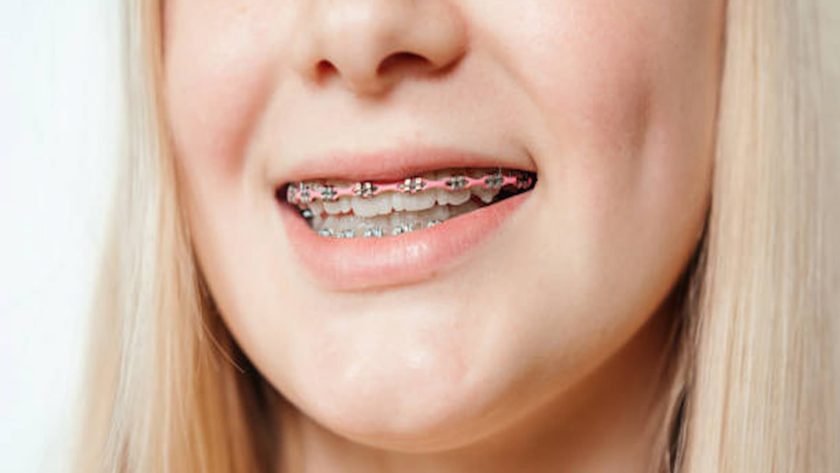Dental occlusion is the medical term to describe the way that the upper and lower teeth meet, often referred to as your ‘bite’. When the teeth don’t come together in the way that they should, this is known as ‘malocclusion’ or having a bad bite.
Bite problems are very common and treatable, but it is not unusual for people to suffer from them for a long time without realising the root cause.
Here we go through and explain some of the signs and symptoms that you may have occlusion problems and what can be done to help.
- What are the signs of a poor occlusion?
The symptoms and side effects of malocclusion will differ depending on the individual patient as well as the type, class and severity of their occlusal issues. Some of the possible signs that there might be an issue with your bite are;
- Receding gums
- Indentations or wear facets on the chewing surface of the teeth
- Erosion or notching on the root surfaces
- Pain in the jaw, joint and muscles (TMJ)
- Appearance of the face showing a noticeable overbite or underbite
- Chipped, broken, fractured or loose teeth
- Dental crowns or fillings repeatedly breaking or coming loose
- Thinning and chipping of the front teeth
- Mouth breathing
- Tooth sensitivity
- Headaches and neck ache
- Speech difficulties
- Pain behind the eyes
- Clenching and grinding teeth
- Loss of enamel on the back teeth’s chewing surface
- Pain, difficulty or discomfort when chewing, biting and eating
- How to tell if you have an occlusal issue
If you are suffering with symptoms that you believe could be a result of malocclusion then the first and most important thing you can do is to book to see your dentist straight away. They will be able to look at your dental history, do a thorough examination and talk you through your symptoms and concerns to ascertain what is causing these problems.
If there are signs of malocclusion, then they will be able to help and come up with a treatment plan that will work to resolve the occlusal issues, alleviate any discomfort and hopefully put an end to the symptoms.
- What are the treatment options?
There are different treatment options available and the type most suitable will depend on your overall oral health, malocclusion class, severity and type. Some of the possible treatments are;
- Orthodontics
Tooth straightening solutions such as traditional braces or Invisalign are very effective and can be used to correct different bite issues by moving the teeth into the proper position. In some cases, it might be necessary to remove certain teeth beforehand in order to make space for the teeth to move.
- Equilibration
Also known as ‘bite balancing’ this treatment is suited to milder occlusal issues and involves slightly modifying the biting surfaces of the teeth to create an even bite. By changing the position and direction of the slopes which guide the teeth together can also help to reposition the jaw.
- Prosthetics or restorations
Tooth replacements such as bridges, implants and dentures as well as restorations like crowns or veneers can help to correct aesthetic damage and ensure an even bite force and balanced jaw.
- Nightguards
These aren’t used to treat malocclusion but are commonly used to help manage bruxism (involuntary teeth grinding), stop unwanted symptoms of grinding and prevent damage from occurring to the teeth.
- Occlusal splints
In the medium term these clear acrylic splints can be used to help re-establish a relaxed muscle position, reduce spasms and create an optimal occlusal.
- Tooth Adjustments
In some cases, making tooth adjustments by sculpting, recontouring and shaping teeth can work to improve the bite and correct minor alignment issues.



